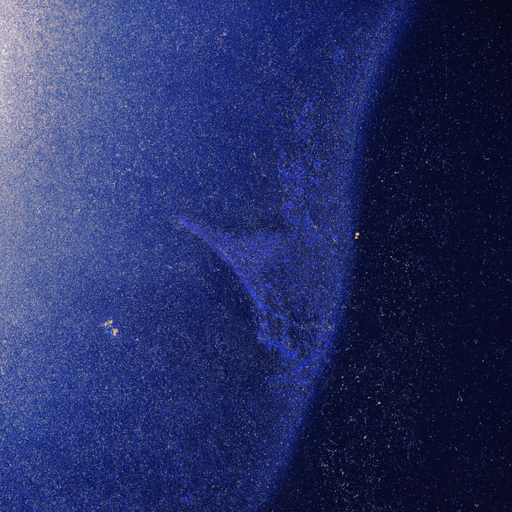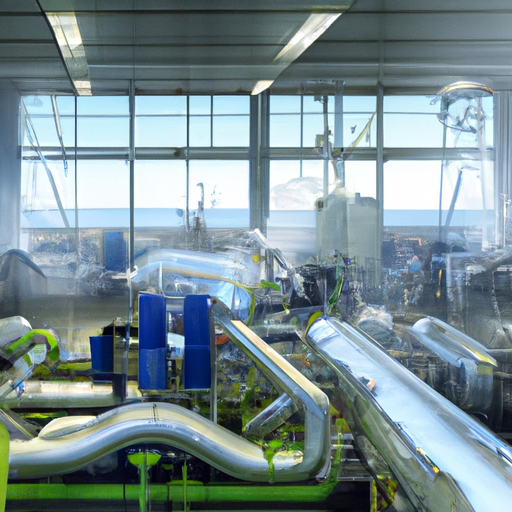Scientists have developed a revolutionary solar paint that can transform any surface into an energy-harvesting system. This quantum dot-based technology achieves 29% efficiency in converting sunlight to electricity. The innovation promises to revolutionize renewable energy by turning everyday objects into power generators.

In a groundbreaking development that could revolutionize renewable energy generation, researchers have created an advanced solar paint that can effectively turn any surface into a power-generating system. This innovation represents a significant leap forward in solar technology, offering unprecedented flexibility and efficiency in renewable energy collection.
The technology behind solar paint relies on quantum dots - tiny semiconductor particles that can capture and convert sunlight into electricity. Unlike traditional solar panels, these quantum dots are suspended in a liquid solution that can be applied to virtually any surface, from building walls to vehicles, creating a photovoltaic effect wherever the paint is applied.
The efficiency of this new solar paint technology has reached an impressive 29%, approaching the performance of traditional silicon solar panels. This breakthrough was achieved through careful engineering of the quantum dot composition and the development of novel electron transport materials that minimize energy loss during conversion.
One of the most significant advantages of solar paint is its versatility and ease of application. The paint can be applied using conventional painting methods, making it accessible for both professional contractors and DIY enthusiasts. This simplicity could dramatically accelerate the adoption of solar energy technology across various sectors.
The environmental impact of solar paint production is notably lower than traditional solar panel manufacturing. The quantum dots are synthesized using earth-abundant materials, and the production process requires less energy and generates fewer waste products compared to silicon solar cell fabrication.
Durability and longevity have been key focus areas in the development of solar paint. The latest formulations include protective polymers that shield the quantum dots from environmental degradation, ensuring sustained performance for up to 20 years under normal conditions. Self-cleaning properties have also been incorporated to maintain optimal energy conversion efficiency.
The economic implications of this technology are substantial. Initial cost analyses suggest that solar paint could be produced at a fraction of the cost of traditional solar panels, while offering similar energy generation capabilities. This cost advantage, combined with simple installation, could make renewable energy more accessible to a broader population.
Real-world applications of solar paint are diverse and expanding. Early adopters include architecture firms incorporating the technology into building designs, automotive manufacturers exploring solar-powered vehicles, and urban planners considering solar paint for infrastructure projects. The technology's flexibility allows for creative integration into existing structures without compromising aesthetics.
Current research focuses on further improving efficiency and developing new applications. Scientists are exploring ways to combine solar paint with other emerging technologies, such as energy storage solutions and smart grid systems, to create more comprehensive renewable energy solutions.
Regulatory bodies and environmental organizations have shown strong support for solar paint technology, recognizing its potential to accelerate the transition to renewable energy. Several countries have already begun incorporating solar paint into their renewable energy strategies and building codes.
As the technology continues to mature, researchers are addressing challenges such as optimizing performance in various climate conditions and developing specialized applications for different surface types. The future of solar paint looks promising, with ongoing innovations expected to further enhance its capabilities and applications.



